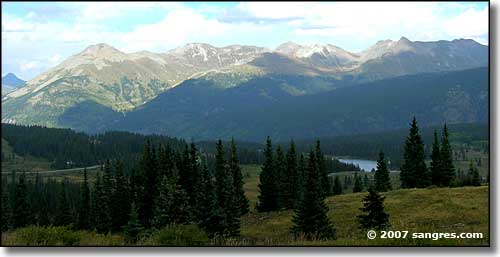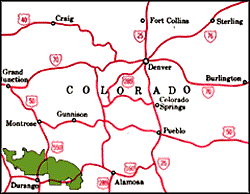
San Juan National Forest
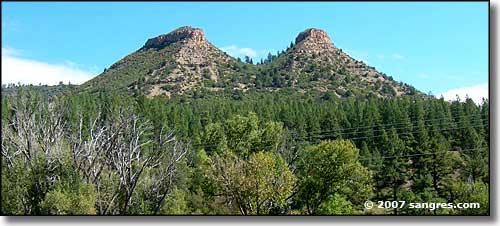
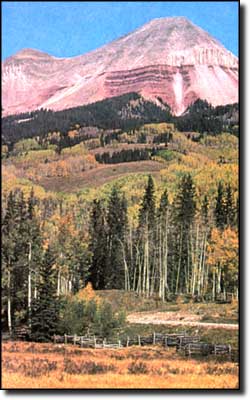
The San Juan National Forest is located in southwestern Colorado on the western slope of the Continental Divide. It covers an area from east to west of more than 120 miles and from north to south more than 60 miles, 1,869,931 acres of public-owned land.
Alpine lakes and meadows, canyons, waterfalls, cataracts, unusual geologic formations, historic mines, and broad variations in elevation and climate characterize this area.
Numerous campgrounds and picnic sites are scattered through the Forest. Skiers are attracted to the Durango Mountain Resort, north of Durango. A lot of folks ride the Durango and Silverton Scenic Railroad for the history and scenery that it offers.
Scattered throughout the forest are the remains of many mining boom ghost towns. People are also still finding undiscovered Anasazi ruins in the Forest. If you discover ruins, please leave them undisturbed and report your discovery to the appropriate Forest Service personnel. In this area, we are learning much about our Native American heritage through the study of previously unknown and undisturbed sites and artifacts.
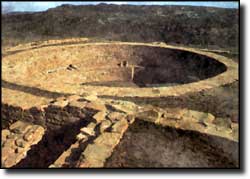
The Dolores Public Lands Office manages the Spring Creek Basin Wild Horse Herd Management Area. Just north of Disappointment Creek, this 22,000-acre area is open to a variety of uses. The principal management emphasis is on maintaining a healthy, viable population of wild horses that exist in natural ecological balance. The Forest Service maintains a minimum of 35 adult horses and generally gathers the excess when there are more than 65.
According to local lore, the horses are descendents of those brought to the Disappointment Creek area in the late 1800's by a horse rancher from Montana. According to the story, he soon had to leave in a hurry (just ahead of the law) and some of his horses were left behind. DNA and blood testing have indicated that Thoroughbred and Morgan are the primary breed influences in the herd.
Travel in this area is restricted to existing roads. This is a remote area and none of the roads where the herd roams are graveled. Roads here quickly become impassable when wet. For information on viewing opportunities and local management questions contact Bob Ball at (970) 882-7296. If you are interested in adopting a wild horse or burro, a wide selection is generally available from the BLM wild horse facility in Canon City, Colorado. For more information call (719) 269-8500.
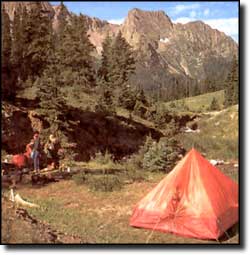
Things to see & do in the Forest:
- the Needle Mountains - a Mecca for mountain climbers who want a challenge in the wilderness
- Wolf Creek Pass
- Pagosa Springs, Telluride, Silverton, Ouray, Rico, and Dolores
- San Juan Skyway - a National Forest and Colorado Scenic Byway. Internationally known as "a trip to the top of the world and back in time," the Skyway follows the famous Million Dollar Highway through the towering San Juan Mountains to the rolling vistas and ancient ruins of the Four Corners area.

Variety is the word to describe the outdoor recreation opportunities of the Forest.
Parts of the following Wilderness Areas are in the San Juan National Forest:The trout fishing seems to be pretty good in the high alpine mountain lakes and streams, and in reservoirs such as McPhee, Vallecito, Lemon, and Williams Creek Lakes. The Forest is also an excellent place for stalking mule deer, elk, bear, bighorn sheep, mountain lion, grouse, wild turkey, and ducks.
Two long-distance hiking trails of national importance pass through the San Juan National Forest: the Colorado Trail and the Continental Divide National Scenic Trail. The Colorado Trail is a 469 mile trail between Denver and Durango. The 3,100 mile Continental Divide Trail is proposed between the Mexican and Canadian borders. Numerous side trails connect these two trails with campgrounds, trailheads and local communities along the way.
